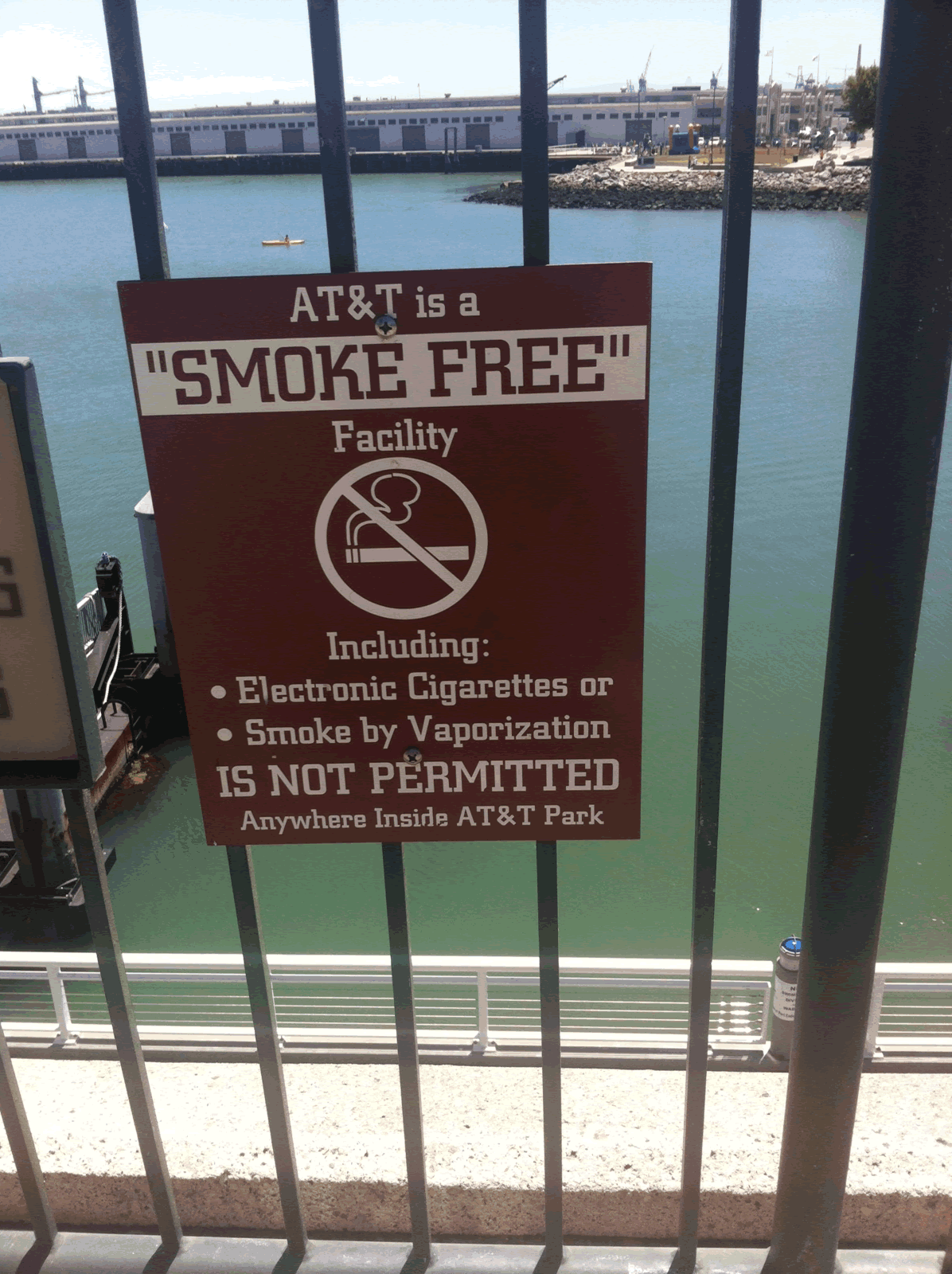June 4, 2013
Stanton Glantz, Professor of Medicine and Director of the UC San Francisco Center for Tobacco Control Research and Education is seeking an individual interested in conducting a broad range of research projects related to tobacco control. These include: (1) State and local policymaking process as it relates to tobacco control. The project involves preparing detailed case studies on tobacco policy making in different states, including research on the development and passage (or defeat) of state and local tobacco control legislation, funding and management of tobacco control programs, efforts of public health advocates to promote public health programs, and opposition to tobacco control by the tobacco industry and its allies and surrogates; and (2) Statistical and economic analysis of tobacco control programs and related issues. Data collection will involve researching written records, analyzing campaign contribution information, conducting interviews and doing field research.
June 3, 2013
Reuters reports that France will treat e-cigs the same as conventional cigarettes in terms of use in public places. It will also include them in the ad ban on tobacco products. This is a logical step that will protect bystanders from the toxic chemicals that e-cigarettes emit (albeit lower levels of toxic chemicals than super-polluting conventional cigarettes) that e-cigs emit.
As with a similar law the California State Senate just passed, this is a sensible step that does not prohibit people from using e-cigarettes in ways that do not impact other people.
Meanwhile, some venues, including San Francisco's baseball stadium, are acting to protect their patrons from e-cig emissions:

June 3, 2013
On Friday, May 31, 2013, I debated Mike Siegel about the merits of SB 648, a bill in the California legislature that would apply the same restrictions on the use of e-cigarettes that apply to conventional cigarettes/
This sensible bill passed the California Senate 21-10 on May 24 and is now in the Assembly.
The bill adds e-cigarettes to the existing state restrictions/prohibitions against the smoking of tobacco products. This includes state codes that prohibit smoking in places of employment and public buildings, within 20' of entrances to public buildings, school campuses, day care facilities, playgrounds & tot lots, retail food facilities, public transportation, and health facilities.
The bill would also add e-cigarettes to the existing prohibition against advertising of tobacco products in public buildings .
Mike's essential argument was that any restrictions on "life saving" e-cigarettes would discourage their use for smoking cessation. I pointed one of the two good studies of the use of e-cigs for cessation found no effect and the other found that e-cig users were less likely to quit smoking than non-e-cig users (details).
May 31, 2013
The British Board of Film Classification (BBFC), an industry-supported body, has rated '12A' the advertising trailer for Rush, the Marlboro-infused racing movie.
Slated for Sept. 13 release, the Universal movie dramatizes the James Hunt-Nikki Lauda racing rivalry in 1976. Marlboro sponsored the Maclaren team for which Hunt drove. The film prominently displays Marlboro logos on racing cars and drivers' suits.
Marlboro later switched its sponsorship to Ferrari. During pre-production and production of Rush in 2011-12, PM International was running its own Formula One-themed promotion — called 'Red Rush: Marlboro' — across Europe and Asia.
Both of the US and international advertising trailers so far released include prominent Marlboro logos. The logos also appear in movie clips running behind the movie's "Partners" web page. The trailer in US theaters depicts the James Hunt character smoking. Hunt was reportedly a heavy smoker and died of a massive heart attack at age 45.
Rush has been rated 'R' by the Motion Picture of America for 'sexual content, nudity, language, some disturbing images and brief drug use.' The BBFC rated the Rush trailer '14A' on April 22, but has yet to announce a rating for the film itself.
May 30, 2013
Ontario (Canada) and New York (USA) health groups united on January 30, 2013, to protest the dumping of heavy-smoking US films into Ontario's youth market and to demand an
adult rating for future films with smoking in both the US and Canada.
Ontario Lung Association media release: http://bit.ly/12kltbF
Ontario researchers have found that most heavy-smoking films rated "R" in the US are rated 14A or even PG when released across the border in Canada, potentially exposing Canadian adolescents to even more on-screen smoking than US kids.
Ontario and New York are both important producers of US-financed films. Most of the media companies that own major US film studios are based in New York City.
Besides the film industry and the Ontario rating board, today's letter from Ontario and New York health and medical groups was copied to Ontario's consumer affairs and health ministers, New York's health commissioner and attorney general, and the National Association of Attorneys General.
